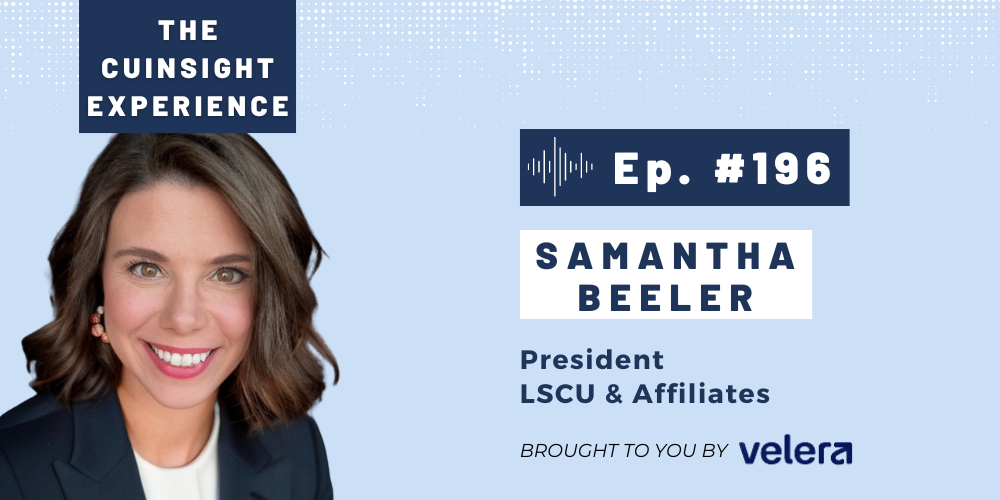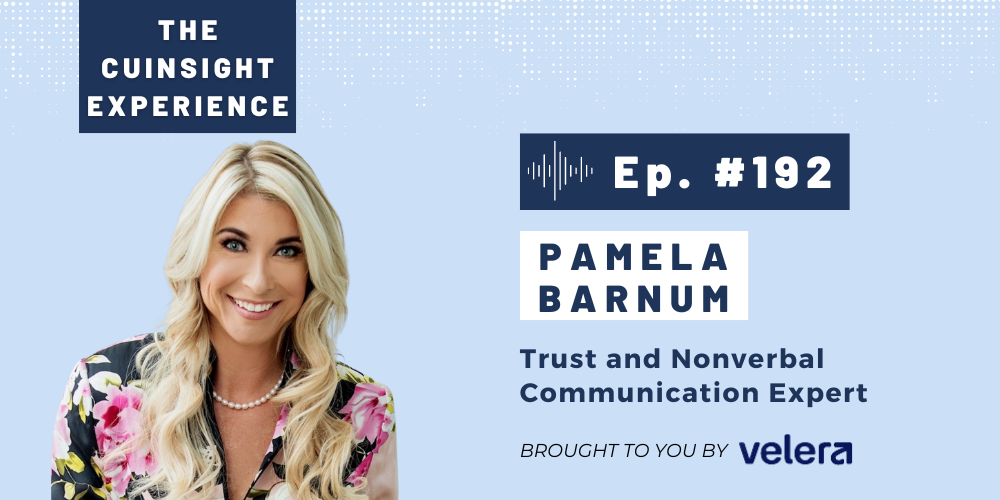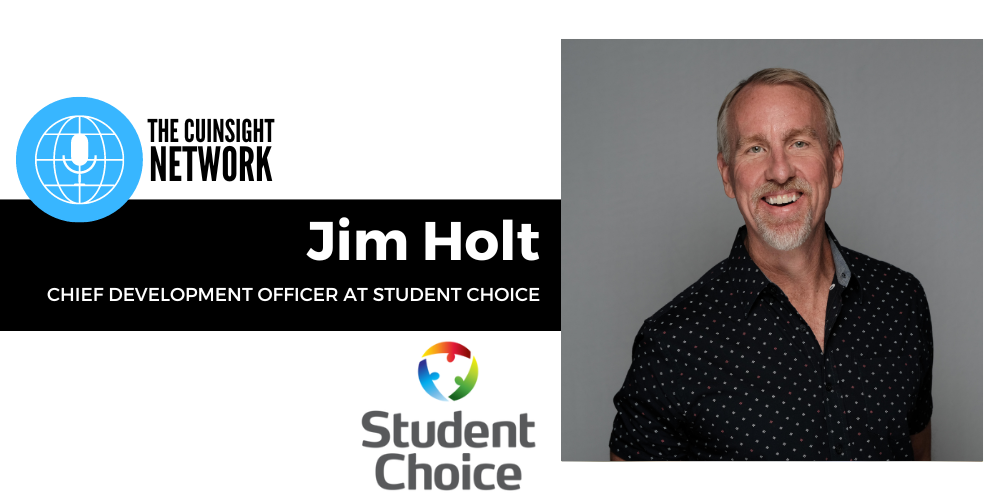“If you judge a fish by its ability to climb a tree, it will live its whole life believing that it is stupid.” – Probably Not Albert Einstein*
How many new positions- roles that did not previously exist- has your credit union created in the past five years? Data Scientist? VP-Payments? Digital Marketing Manager? Roles like these—roles there was little reason to even consider before the advent of the iPhone in 2007—are now integral components of the business plan for many organizations.
Now, consider the most common positions in your credit union and the skills your hiring managers prioritize when evaluating who will thrive. Likely, these positions—tellers, accountants, loan officers—require accuracy, punctuality (both in responsiveness and physical presence), and compliance with processes and procedures. These competencies tend to be rewarded in many financial institutions, but they are not the traits most important for success in the new workplace.
Unconscious biases and an attraction to the familiar means that often organizational environments perpetuate homogeny. We continue to hire and promote employees who share similar characteristics to others who have been successful in our organization. Leaders who think the same, lead the same, and communicate the same continue to excel, while those who do not fit the mold become disengaged and move on.
Studies on workplace engagement and organizational performance find that diverse and inclusive workplaces perform better than homogenous organizations. Even with decades of conversation on this topic, most organizations have not taken action to change the make-up of their workforce, though. As organizations still struggle to balance gender or ethnic diversity, the value of diversifying teams based on generation, personality, and skillset is also becoming clear: The workforce of the future needs to be skilled differently. Organizations must actively cultivate diverse skillsets to keep up with changing consumer demands, the technology that can help meet those demands, and the communication channels consumers choose.
Likely, many employees in your organization already possess unique traits that could help your organization thrive, but your current systems and environment limit their ability to demonstrate this. Talent sits latent, unused and undiscovered, in struggling organizations. As leaders bemoan the fact they are losing the war for talent, they remain unaware of untapped talent already in their organizations.
Creating opportunities where employees bring their whole selves to work can create a higher sense of comfort and give employees confidence about demonstrating the depth of their talents. One highly impactful way to provide this opportunity is through creating cross-functional teams to work in a space relevant to the credit union’s mission, but outside the scope of daily work.
In 2011, Maps Credit Union (Salem, OR) organized a team of employees to partner with a local non-profit for a cultural, service-immersion trip to Oaxaca, Mexico. The team was comprised of employees from every level of the organization, including front-line staff, back-office support, management and executive team members, and Board members. Over the course of the week, the team met with Mexican financial service leaders, built a school for a community that lived at a garbage dump, and worked alongside families to renovate the school their children attended. In these rural communities, little English was spoken and only a few team members had any Spanish language skills. Oscar Porras, then a branch employee, quickly became the interpreter for the team. He describes the experience like this, “As a young Hispanic employee, putting your best foot forward while being true to yourself can be intimidating when you’re dealing with what you perceive as rich old white men who can get you fired. As the week progressed and we came in contact with different groups, my confidence in translating, public speaking, leading, and networking grew in a way that couldn’t have happened in my everyday position.”
As the most senior executive who made the trip, it also put me in a unique position. I was the fish trying to climb the tree. The skills that had earned me my position at the credit union would not help me navigate conversations with border police, complete construction with limited resources, or connect me with families who wanted to share their stories. I opened myself to learning from teammates in a new way and saw skillsets and strengths that I had not been able to see in the office. I gained an understanding about how each of them solved problems, returning from the trip with a broader group of people to consult when I wanted a different way of thinking.
As for Oscar, this experience provided him with a valuable network, too, that demonstrates the value of connecting leaders with employees at every level of your organization. “There is something to be said for associating with people at a higher level. When board members know you by first name, it gives you a sense of pride. When you have a limited circle of successful professional people in your life, experiences that help you connect with higher-ups on a human level can be career changing.” He took this experience and became an organizational and system leader, moving forward to participate in international exchanges with the World Council of Credit Unions and be promoted at the credit union.
Cross-functional teams organized around a common purpose—whether a trip like this or an organizational or local project-- give employees the chance to show up fully. Organizations that truly know their people are able to tap the full potential of their human capital, leveraging individual talents and strengths to improve the whole.
How do you create opportunities for employees to show up as their whole selves? What impact have you seen when team members bring that level of comfort to their roles?
*I love this quote as it relates to the boxes we try to put employees in to measure success potential. I do not actually know who said it, though, as many sites indicate it was not Albert Einstein, to whom it has been widely attributed.








